Sliding Gauges and Calipers
One of the tools that I do not know how long I have had is a brass sliding gauge. It has never been shoved in a drawer but has been on my work surface in some container or other for years because it is an often-used tool. Why would you need this inexpensive tool that takes up little space? If all you ever use it for is to measure beads or cabochons to make sure of their size, it is worth having.
How is the little brass sliding gauge used?
All those numbers and lines seem confusing at first.
Until you realize they aren't.
You can't reinvent the wheel.
Julia Lowther of littlemetalfoxes.com published the best set of directions I've ever seen on using a brass sliding gauge to get precise measurements just like with a digital caliper.
She graciously gave me permission to share the link to her page.
I printed the entire article and refer to it whenever I need to.
It's much faster than searching online, watching videos, and hoping to find the right information.
https://www.shoeboxstudio.com/2014/04/19/the-secret-power-of-the-sliding-gauge/ Click Here
All those numbers and lines seem confusing at first.
Until you realize they aren't.
You can't reinvent the wheel.
Julia Lowther of littlemetalfoxes.com published the best set of directions I've ever seen on using a brass sliding gauge to get precise measurements just like with a digital caliper.
She graciously gave me permission to share the link to her page.
I printed the entire article and refer to it whenever I need to.
It's much faster than searching online, watching videos, and hoping to find the right information.
https://www.shoeboxstudio.com/2014/04/19/the-secret-power-of-the-sliding-gauge/ Click Here
I didn't really need digital calipers since most of my work doesn't require measurements down to the hundredth of a millimeter.
Still, I assumed they'd be easier to use and more accurate.
They're not necessarily easier and the accuracy can be questionable.
I've measured the same factory-cut edge on a metal sheet three times and gotten slightly different results each time.
Digital calipers also take up more space than a sliding gauge.
They must be stored in their case, because if the power button gets pressed accidentally, the batteries drain fast.
I went through two packs of batteries before I learned my lesson.
As Julia says, they can chew through watch batteries.
Because of their size, I can't keep them on my desk I have to go to the cupboard every time I want to use them.
Still, I assumed they'd be easier to use and more accurate.
They're not necessarily easier and the accuracy can be questionable.
I've measured the same factory-cut edge on a metal sheet three times and gotten slightly different results each time.
Digital calipers also take up more space than a sliding gauge.
They must be stored in their case, because if the power button gets pressed accidentally, the batteries drain fast.
I went through two packs of batteries before I learned my lesson.
As Julia says, they can chew through watch batteries.
Because of their size, I can't keep them on my desk I have to go to the cupboard every time I want to use them.


For this article I decided to do an experiment with both tools.
First, I measured a calibrated 10mm round carnelian cabochon the wrong way.
Using the tips of the tool from above the cabochon makes it hard to be sure you're measuring the exact center.
The sliding gauge gave me a reading of 9.6mm, which seemed way off for a calibrated stone.
That likely means I didn't catch the center diameter with the tool.
With the digital calipers, I got a 9.92mm measurement so I did a better job finding the center that time.
First, I measured a calibrated 10mm round carnelian cabochon the wrong way.
Using the tips of the tool from above the cabochon makes it hard to be sure you're measuring the exact center.
The sliding gauge gave me a reading of 9.6mm, which seemed way off for a calibrated stone.
That likely means I didn't catch the center diameter with the tool.
With the digital calipers, I got a 9.92mm measurement so I did a better job finding the center that time.


With this method, your measurements will be much more accurate.
Place the cabochon flat side down on a flat surface.
Set the tool on top of the cabochon and close it.
Pick up both the tool and the cabochon to check the back.
Make sure the flat back of the cabochon is flush against the back surface of the tool.
Then set the tool back down on the flat surface and check the measurement.
My sliding gauge still reads 9.6mm.
The digital calipers now read 9.88mm, which is within the margin of error.
So which tool measured the cabochon correctly?
Both.
But the real question is which one is actually right?
Place the cabochon flat side down on a flat surface.
Set the tool on top of the cabochon and close it.
Pick up both the tool and the cabochon to check the back.
Make sure the flat back of the cabochon is flush against the back surface of the tool.
Then set the tool back down on the flat surface and check the measurement.
My sliding gauge still reads 9.6mm.
The digital calipers now read 9.88mm, which is within the margin of error.
So which tool measured the cabochon correctly?
Both.
But the real question is which one is actually right?


I decided to try the same thing with beads.
Beads are difficult to measure accurately because finding the exact center is nearly impossible.
I had purchased two strands of 10mm sodalite beads from the same supplier at the same time.
The beads didn't look the same size, so I measured them using both the sliding gauge and the digital calipers.
Beads are difficult to measure accurately because finding the exact center is nearly impossible.
I had purchased two strands of 10mm sodalite beads from the same supplier at the same time.
The beads didn't look the same size, so I measured them using both the sliding gauge and the digital calipers.

I first measured the smaller of the two beads using the sliding gauge, then the digital calipers.
The sliding gauge gave a reading of 10.1mm.
The digital calipers measured it at 10.33mm.
I removed the bead from both tools and remeasured.
The sliding gauge result stayed the same, while the digital calipers read 10.31mm.
The sliding gauge gave a reading of 10.1mm.
The digital calipers measured it at 10.33mm.
I removed the bead from both tools and remeasured.
The sliding gauge result stayed the same, while the digital calipers read 10.31mm.


Then on to the larger of the two beads.
The sliding gauge measured the bead at 10.3mm and the digital calipers at 10.53.
The sliding gauge measured the bead at 10.3mm and the digital calipers at 10.53.


At this point, I started wondering why the measurements were so different.
Yes, digital calipers can be fussy, but this didn't seem right.
I turned on the calipers and noticed the starting number wasn't zero when tightly closed.
It fluctuated between 0.02 and 0.04, causing measurements to be off by a few hundredths of a millimeter.
Did this mean my cabochon and bead measurements were inaccurate?
It seems my digital calipers measure everything about 0.2mm larger than the sliding gauge.
I can live with that now that I know, but I trust my sliding gauge a bit more.
Yes, digital calipers can be fussy, but this didn't seem right.
I turned on the calipers and noticed the starting number wasn't zero when tightly closed.
It fluctuated between 0.02 and 0.04, causing measurements to be off by a few hundredths of a millimeter.
Did this mean my cabochon and bead measurements were inaccurate?
It seems my digital calipers measure everything about 0.2mm larger than the sliding gauge.
I can live with that now that I know, but I trust my sliding gauge a bit more.


I'll still use digital calipers when I need approximate measurements.
For my paperclip chain tutorial, I measured the length and width of at least five different links, then averaged the results.
Using digital calipers was quicker than the sliding gauge because it required less thinking.
I didn't have to look for where the markings lined up or figure out the number to write down at least, not for me.
For my paperclip chain tutorial, I measured the length and width of at least five different links, then averaged the results.
Using digital calipers was quicker than the sliding gauge because it required less thinking.
I didn't have to look for where the markings lined up or figure out the number to write down at least, not for me.

Conclusion:
Knowing I need to subtract 0.2mm from shorter measurements doesn't mean the same applies to longer ones.
I measured a different calibrated cabochon several times, turning the digital calipers off and on between measurements.
The results were consistent each time.
But leaving the calipers on and opening and closing the jaws caused slight variations in measurements.
Yes, digital calipers can be finicky.
For accuracy down to a tenth of a millimeter, my sliding gauge works fine.
For finer measurements, I rely on the digital calipers but with some reservations.
They won't be the first measuring tool I reach for.
Knowing I need to subtract 0.2mm from shorter measurements doesn't mean the same applies to longer ones.
I measured a different calibrated cabochon several times, turning the digital calipers off and on between measurements.
The results were consistent each time.
But leaving the calipers on and opening and closing the jaws caused slight variations in measurements.
Yes, digital calipers can be finicky.
For accuracy down to a tenth of a millimeter, my sliding gauge works fine.
For finer measurements, I rely on the digital calipers but with some reservations.
They won't be the first measuring tool I reach for.
Materials
No materials listed
Tools

Brass Caliper - Gemstone And Bead Measuring Tool
G7-9
- G7-9
- Lesson Quantity: 1.00 pieces
- Purchase Quantity: 1.00 each
- Price: $8.97
- Gold Club Price: $6.73

Digital Calipers With Stone Holder by Euro Tool
GAU-179.00
- GAU-179.00
- Lesson Quantity: 1.00 pieces
- Purchase Quantity: 1.00 each
- Price: $43.95
- Gold Club Price: $32.96
- Category: Tools
- Technique(s): Tools









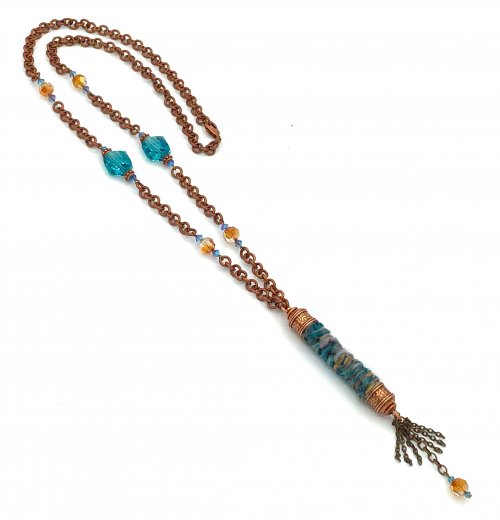
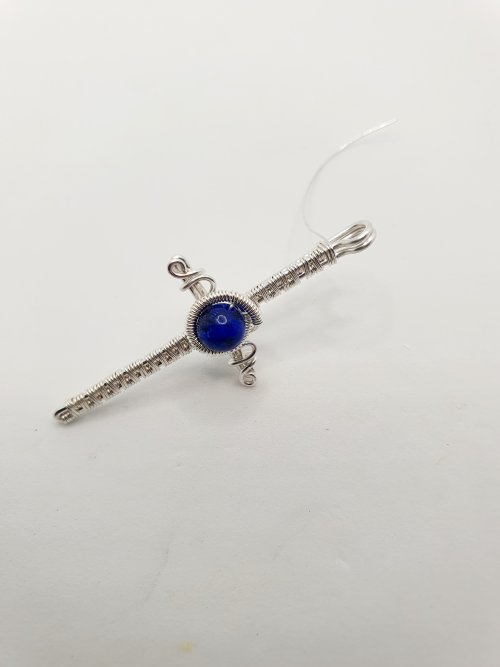
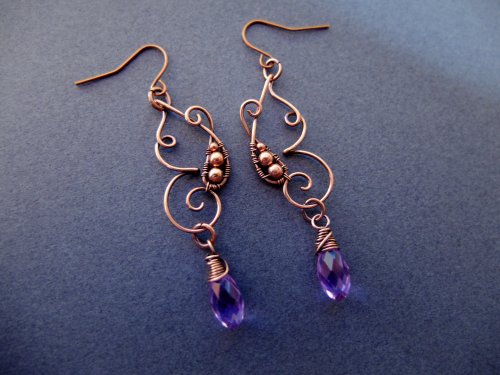

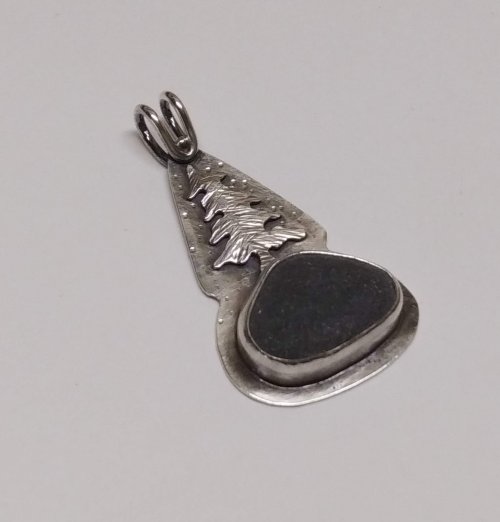
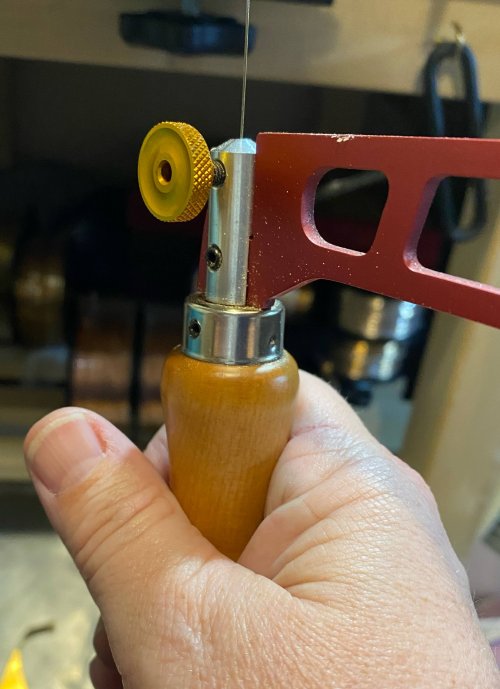
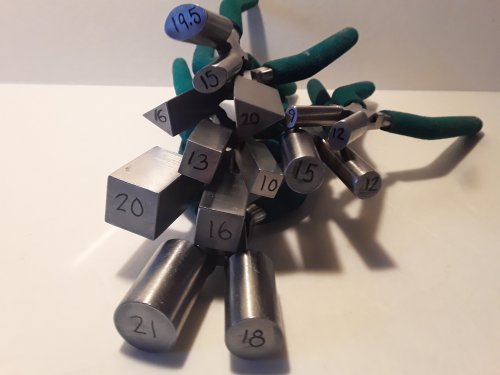
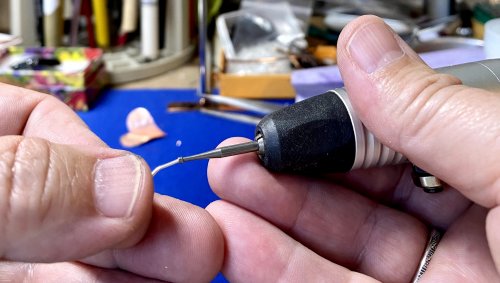
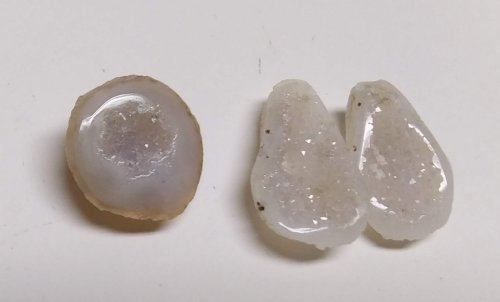


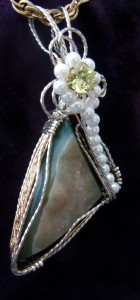
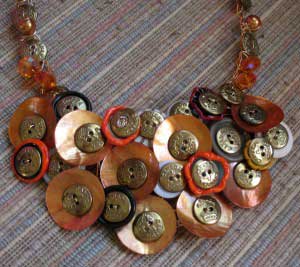
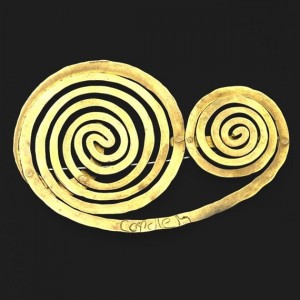 Coiled Wire Jewelry Series Part 1 - Everything New is Old
Coiled Wire Jewelry Series Part 1 - Everything New is Old
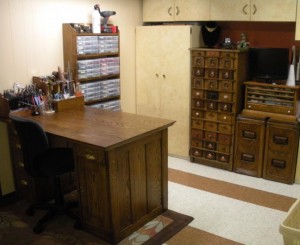 Where do you create
Where do you create
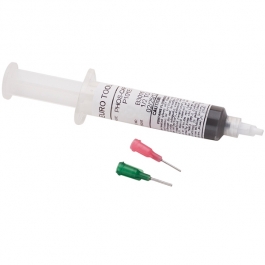 Soldering on Copper
Soldering on Copper
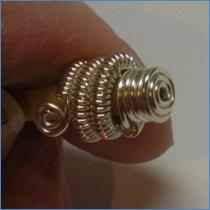 Charting Your Creations
Charting Your Creations
 Design Process with 3 Earrings
Design Process with 3 Earrings
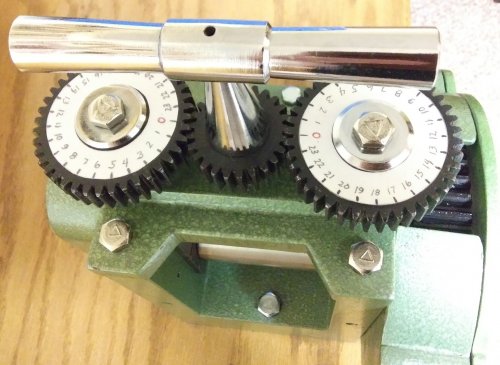 All About Rolling Mills
All About Rolling Mills
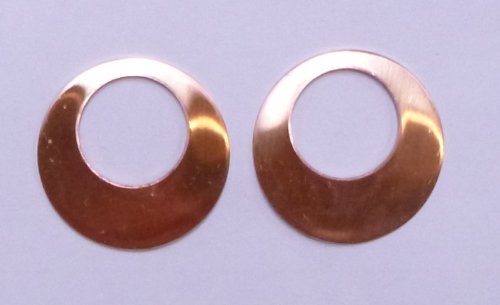 How to Use Disc Cutters to Make Metal Washers
How to Use Disc Cutters to Make Metal Washers
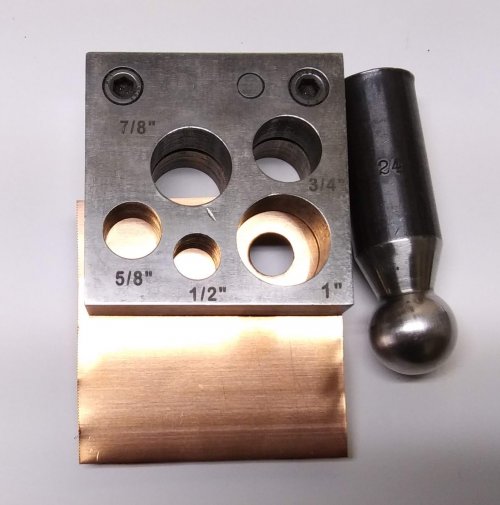 Disc Cutter Basics and How to Make Metal Washers
Disc Cutter Basics and How to Make Metal Washers
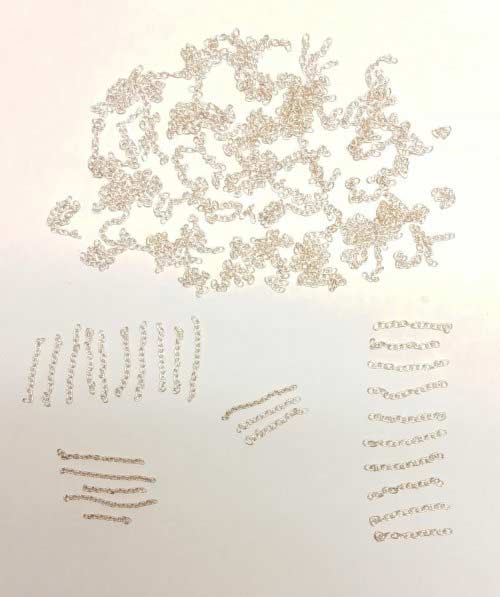 I Am Not a Hoarder
I Am Not a Hoarder
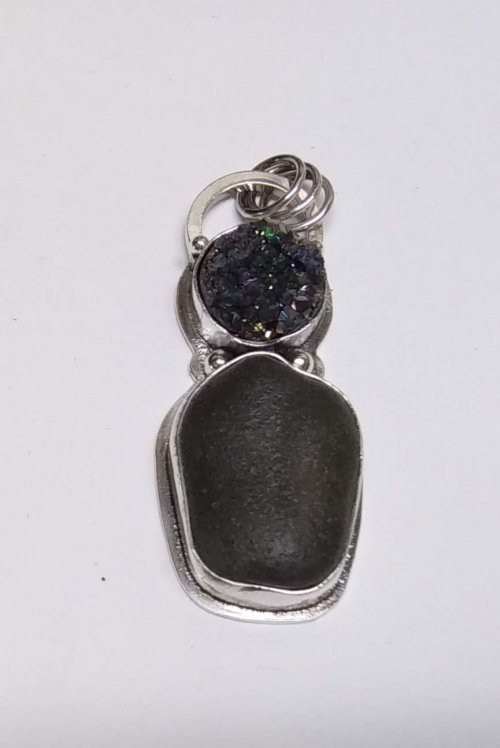 The Beauty of Druzy
The Beauty of Druzy
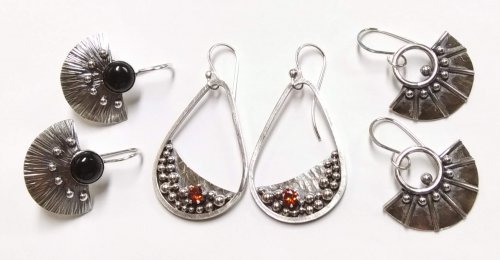 Design Process with 3 Different Earrings
Design Process with 3 Different Earrings
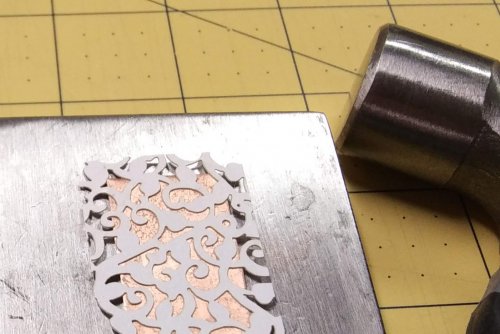 Think Outside the Box - Alternative Metal Texturing
Think Outside the Box - Alternative Metal Texturing
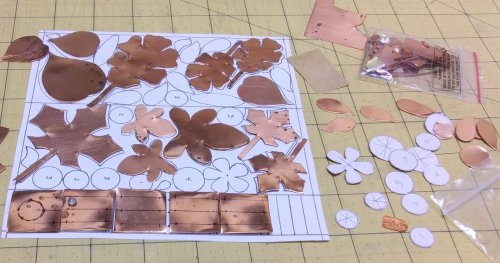 Fall Leaves for Your Designs
Fall Leaves for Your Designs
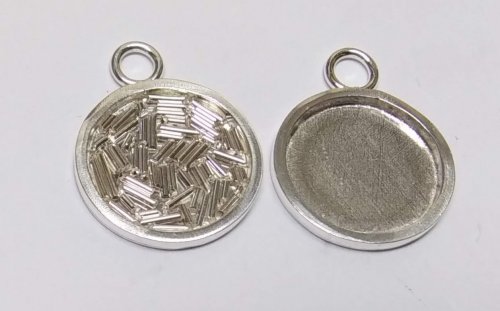 Cholula "Folk Art" Charms
Cholula "Folk Art" Charms
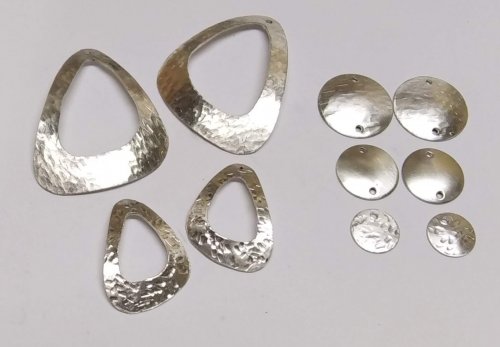 Lemons to Lemonade
Lemons to Lemonade
 Why You Should Take a Class
Why You Should Take a Class
 Bead, Shell, and Rock Cabochons
Bead, Shell, and Rock Cabochons
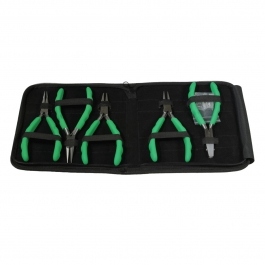 What Tools Do I Need for Wirework and Bead Stringing - Start With The Basics
What Tools Do I Need for Wirework and Bead Stringing - Start With The Basics
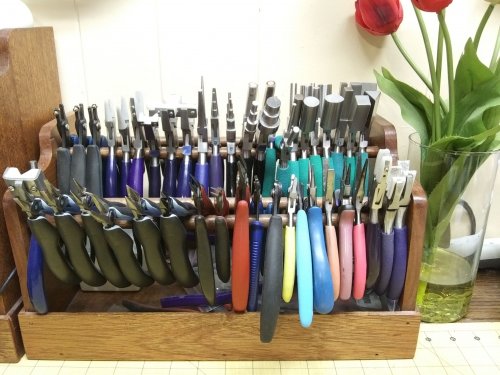 Choosing Pliers
Choosing Pliers
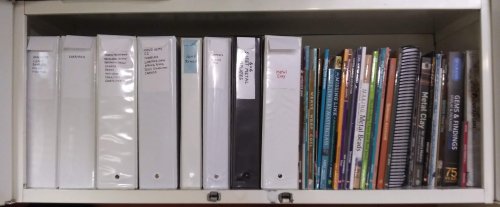 Saving, Storing, Using Tutorials
Saving, Storing, Using Tutorials
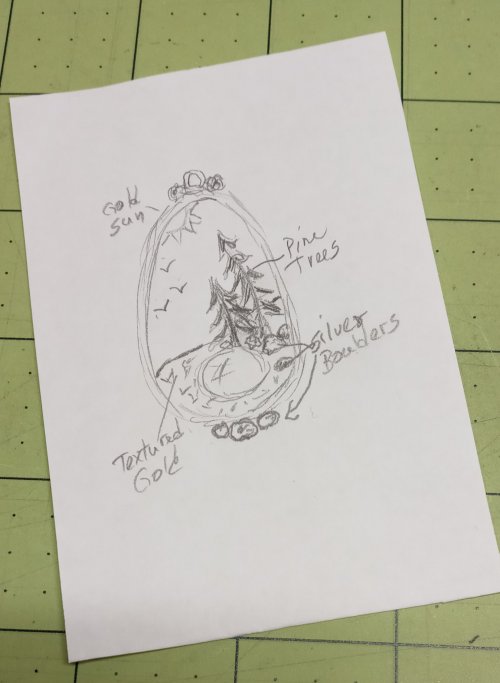 Flop to Flip
Flop to Flip
 The Story of Turquoise
The Story of Turquoise
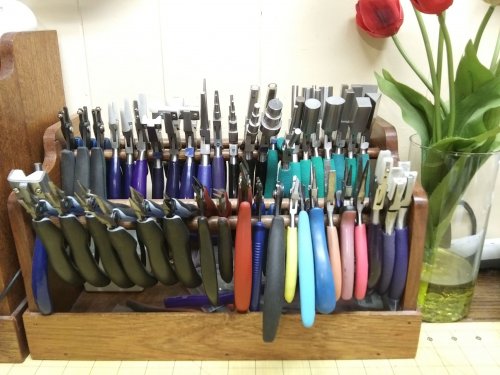 Non Marring Tools
Non Marring Tools
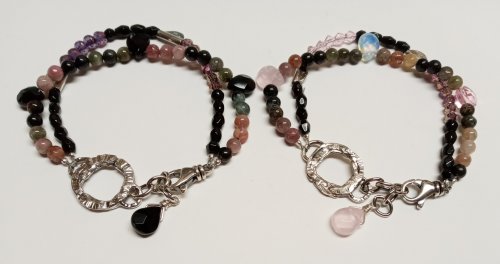 Using Lower Quality Beads
Using Lower Quality Beads
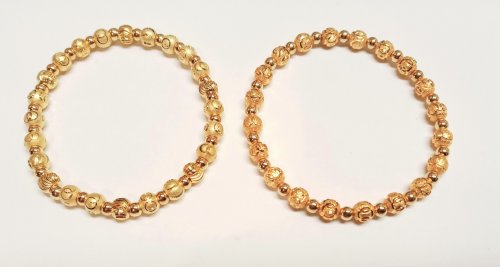 Differences in Gold Plating
Differences in Gold Plating
 Inventorying Your Supplies
Inventorying Your Supplies
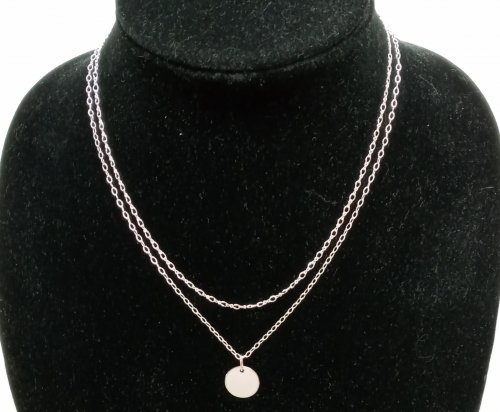 Engineering the Multi-chain Necklace
Engineering the Multi-chain Necklace
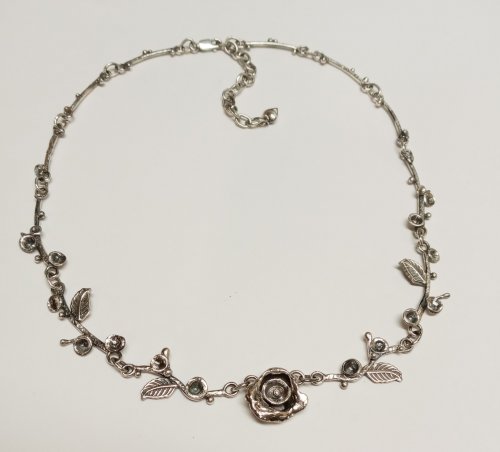 Benefits of Extender Chains
Benefits of Extender Chains
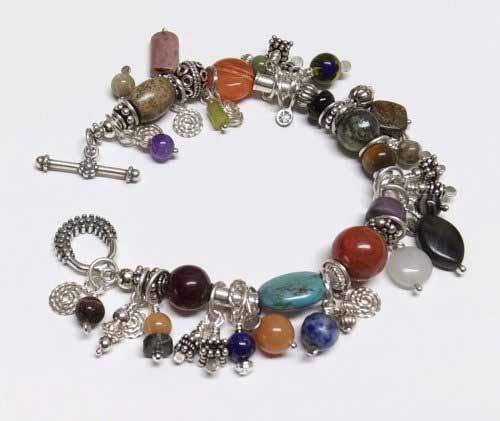 My Most Often Used Embellishments
My Most Often Used Embellishments
 Wire and Sheet Gauge Measuring Tool
Wire and Sheet Gauge Measuring Tool
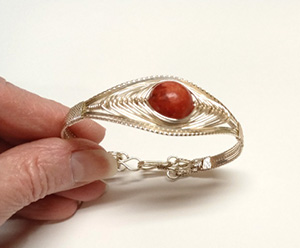 Silver Plated Copper Craft Wire
Silver Plated Copper Craft Wire
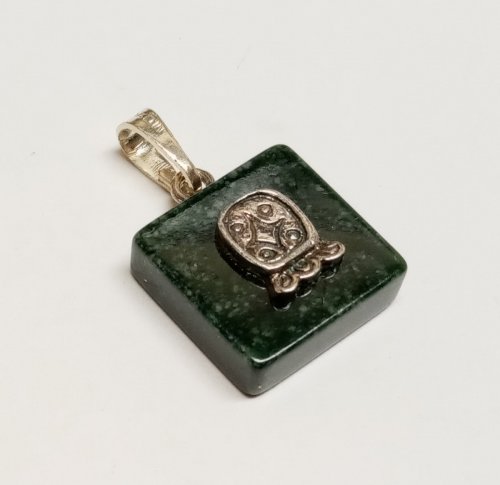 Jewelry from Other Cultures
Jewelry from Other Cultures
 Conversation Starters
Conversation Starters
 Well, That Didn't Work, Now What
Well, That Didn't Work, Now What
 Water Casting for the Weekend Jeweler
Water Casting for the Weekend Jeweler
 A Few Thoughts on Multi-Strand Beading Wires
A Few Thoughts on Multi-Strand Beading Wires
 How to Downsize Your Earring Projects Without Losing Style
How to Downsize Your Earring Projects Without Losing Style
 Celebration Jewelry
Celebration Jewelry

